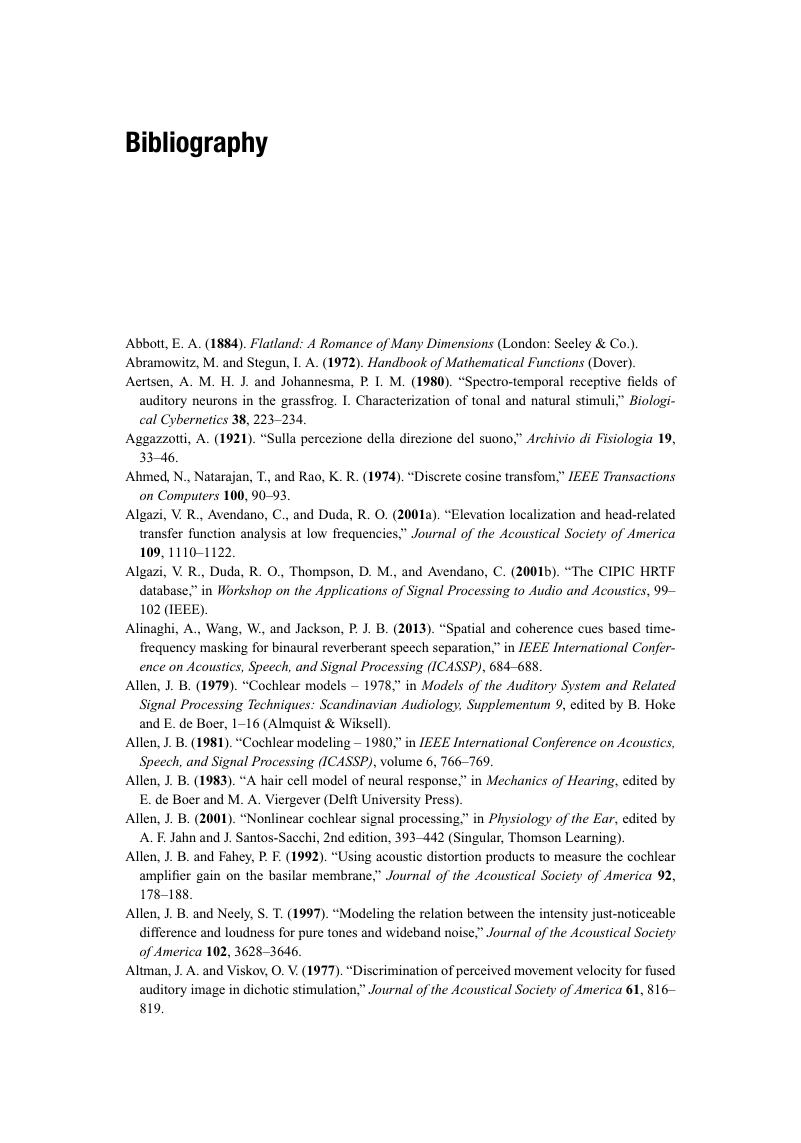Book contents
Bibliography
Published online by Cambridge University Press: 28 April 2017
Summary

- Type
- Chapter
- Information
- Human and Machine HearingExtracting Meaning from Sound, pp. 497 - 544Publisher: Cambridge University PressPrint publication year: 2017

